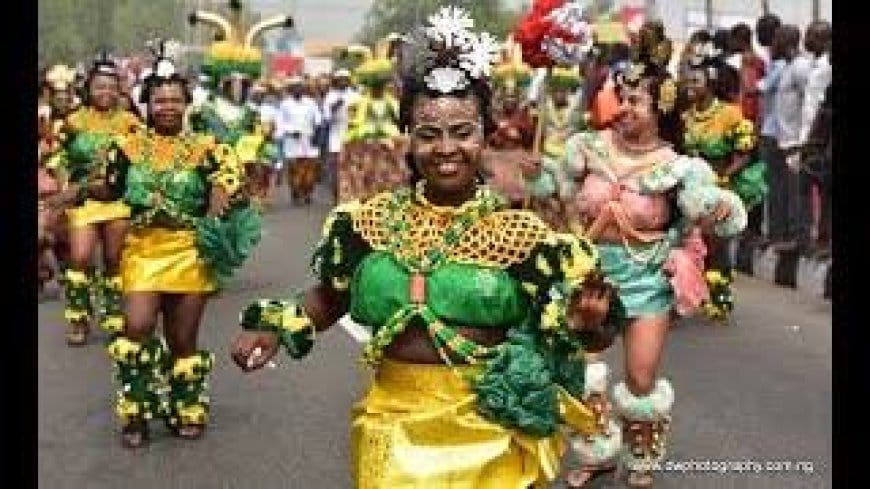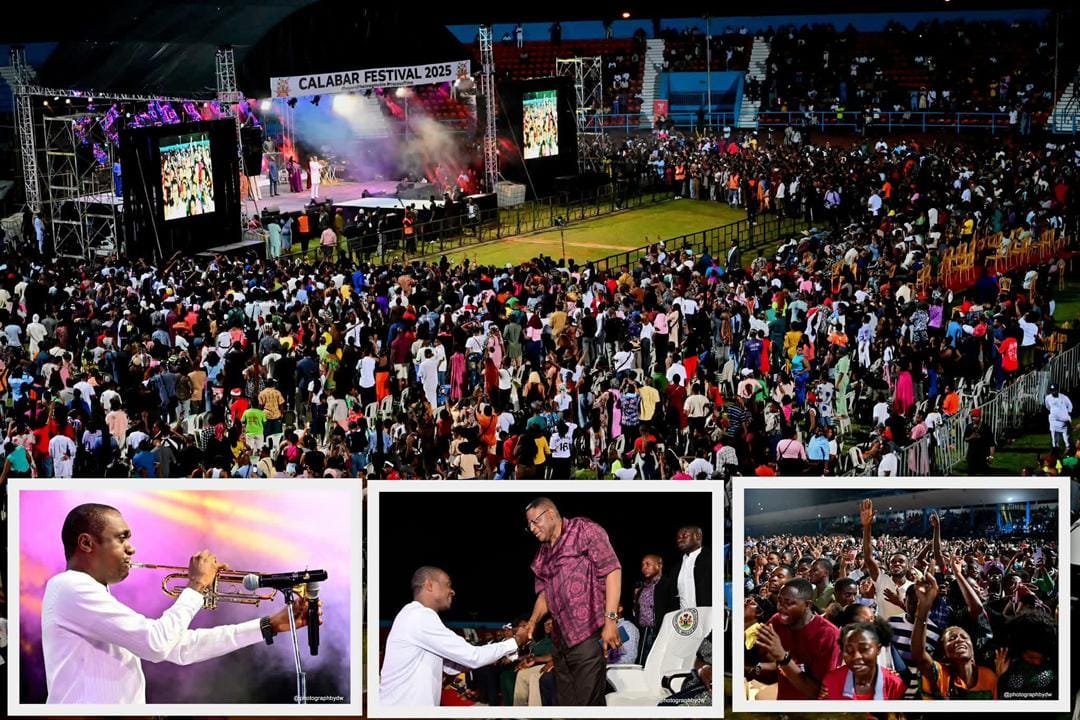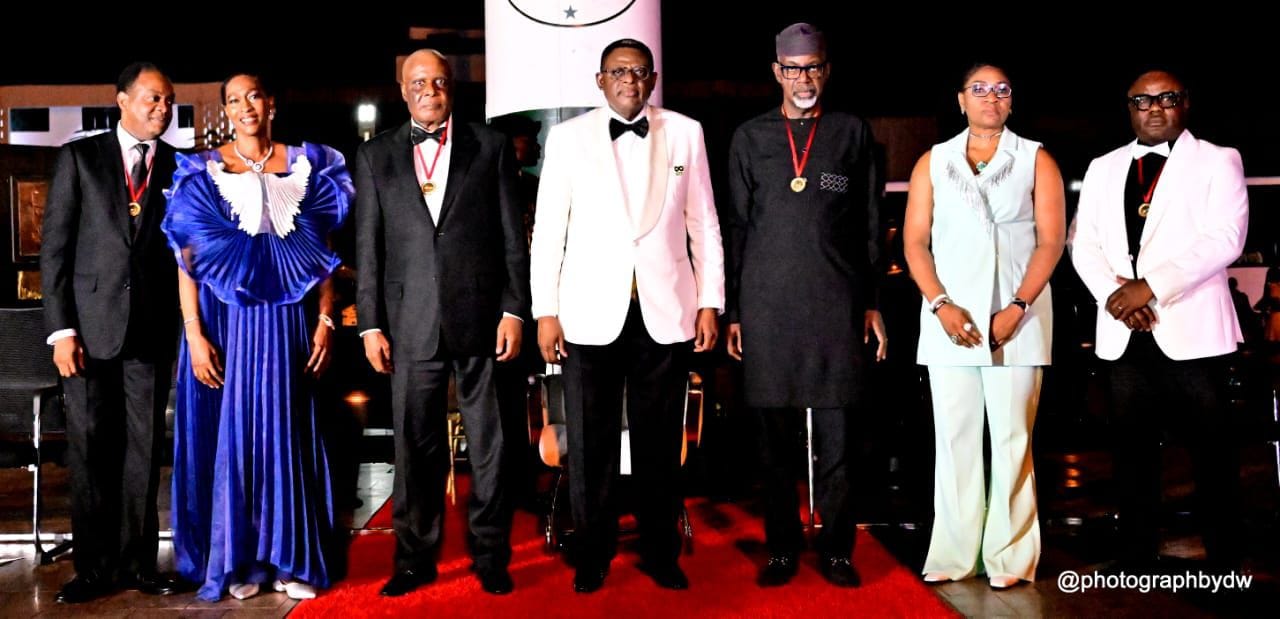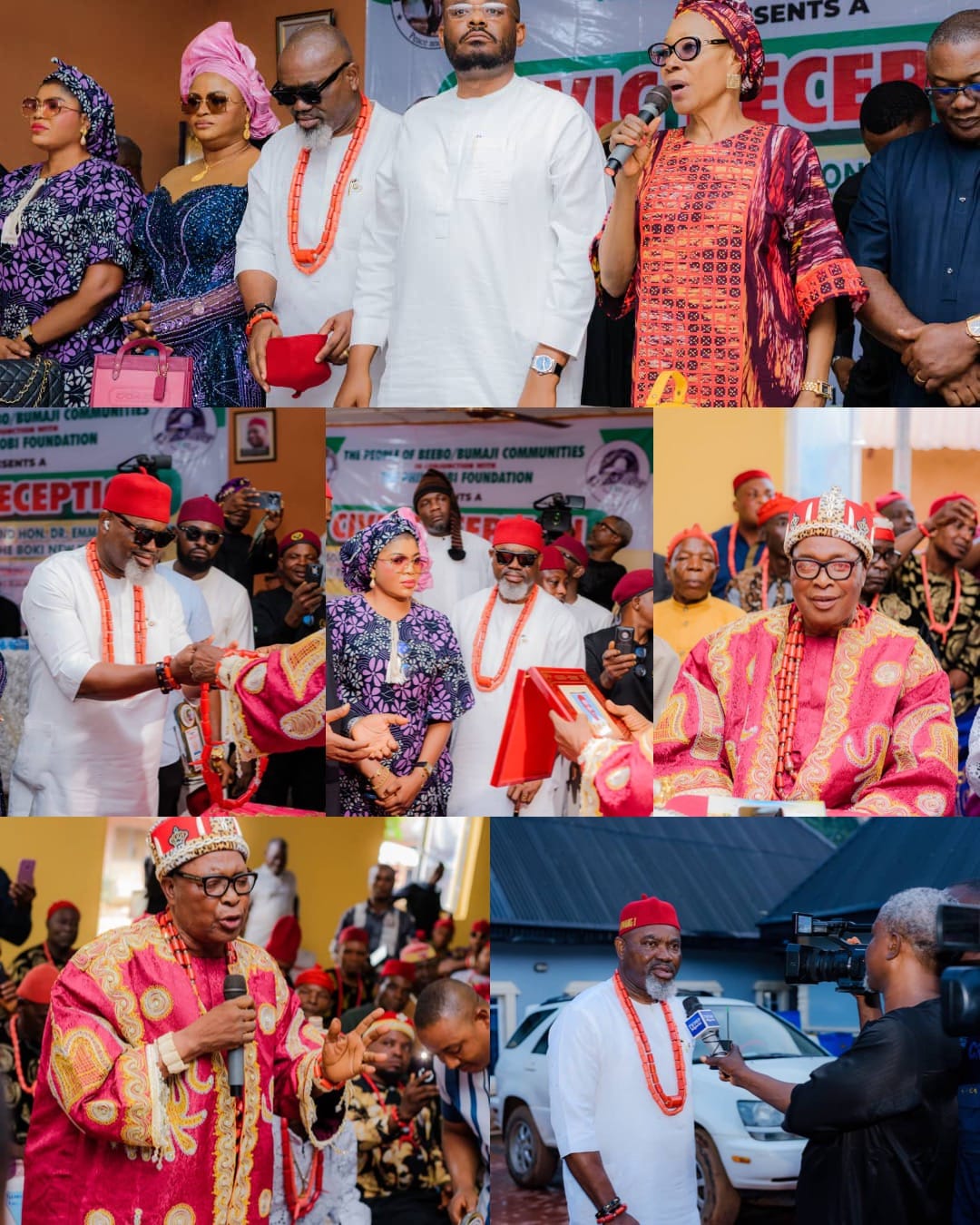The 'Ekombi' dance of the Efik people of Calabar, Nigeria has been rated by dance experts around the world as the most complex, yet most graceful dance form in Africa.
No other African dance comes close to the 'Ekombi' dance and in fact between 1991 to 1993 when the late Michael Jackson was touring West Africa learning African cultures and dances, the Ekombi dance was the only dance that the late King of Pop couldn't learn and strategically incorporate into his dance routine.
The King of Pop, when exploring Nigeria learnt the Atilegwu of the Enugwus, the Baatá of the Yorubas and even the Eyó Egungun dance of the Ile Ifes.
But the Ekombi dance frustrated him as he couldn't even relate to the fluid-like bodily motions that characterised the dance.
According to his then producer, Quincy Jones, Michael Jackson sourly mispronounced the dance as 'A corned beef' and would always be heard muttering to himself.
WHAT MAKES EKOMBI DANCE DIFFICULTY
For one, the Ekombi dance is the spiritual dance of the water.
You can get blinded by dead spirits or thrown 40 feet into the air merely by dancing Ekombi in a market place as a non-initiate by 12:00 AM midnight .
This is because the Ekombi is a fusion of 2 powerful prehistoric Efik cult entities.
The 'Ekpe'(Spiritual Lion) or 'Ekpe Enyong'(Lion of the heavens).
The 'Nyong' entity of the Nyong river which was a powerful river that flowed from Southern Cameroon into the Crossriver and made everything it touched soft and fertile.
These cult entities fused to form the 'Ekpenyong' which was the biggest water/sea god of the Efiks who mated with the divine she-deity of the river— 'Ekandem' and was believed to conceive the essence that gave mortal women beautiful children with soft, fair complexion and stainless glass skins.
However, the Ekpenyong had a fiery temper and was known to be quick to jealousy.
Males who dared to contest his affection towards any female were struck with a forbidden and virulent kind of hernia called 'Efuk' which caused the male organ and testicles to grow into the abdomen and rupture in the victim's windpipe causing instant asphyxiation.
To seduce the Ekpenyong and keep him happy and cool tempered, Calabarians offered some of their children and maidens to serve in Ekombi deity temples and fattening rooms where they were taught the Ekombi dance which they performed on special commemorative festivals to honour and entertain the Ekpenyong and the host of water deities that nourished the land.
The Ekombi interns would be made to sleep in the Ikot Nkáng forest for 7 market days where the water deities would visit them in the form of a giant centipede, have sexual intercourse with them and break 2 bones on their shoulders, 1 around their rib cage and 3 in their waist bones atop their pelvises rendering them supremely limber and with a surprisingly non-human flexibility.
The intricate dance routines for the Ekombi aren't taught by any mortal but inspired directly from the Ekpenyong's coffers in the water.
The graceful bodily motions symbolise the fluidity of water.
The complex foot work symbolizes the complex Occultic hierarchy of the underwater and the metaphysics of the Ekpé initiates.
This is why ONLY the chosen ones can dance the Ekombi accurately.
This is also why the best dancer in the world, Michael Jackson who mastered almost every human dance genre couldn't wrap his head around the beautiful Ekombi dance of the Efik people of Calabar, Crossriver. Nigeria









